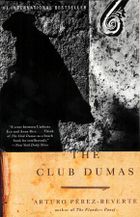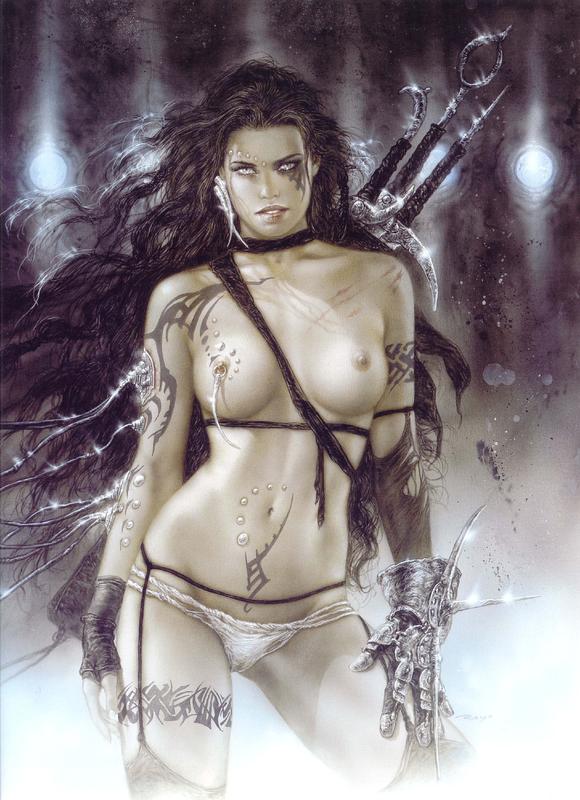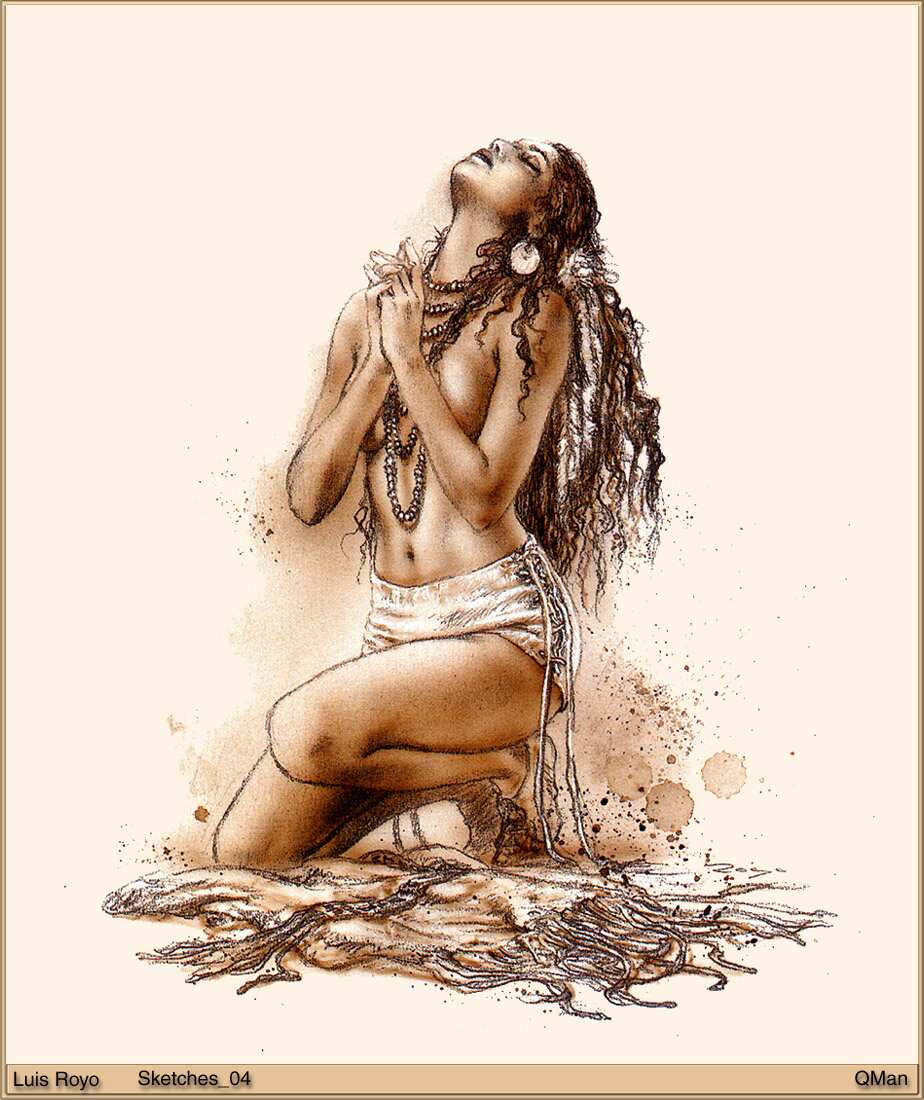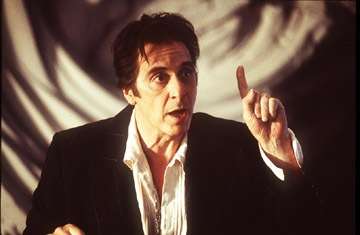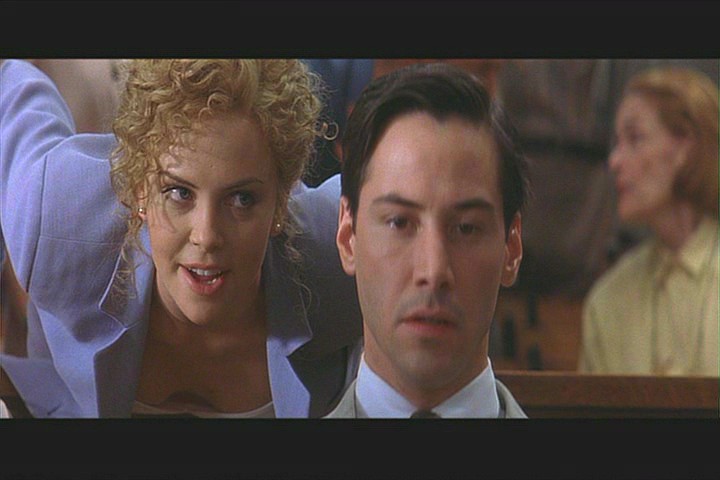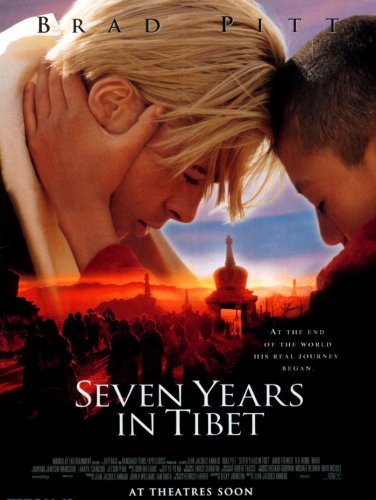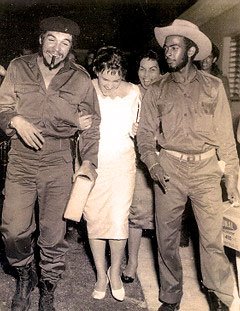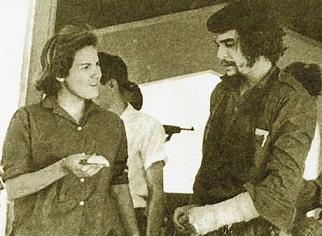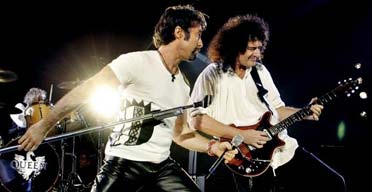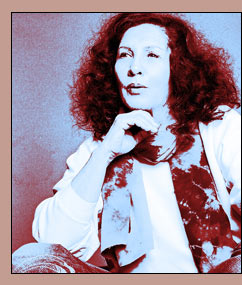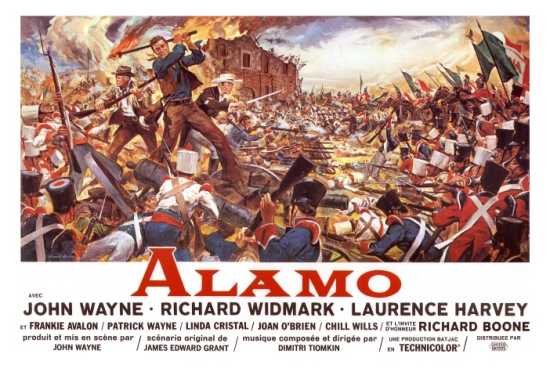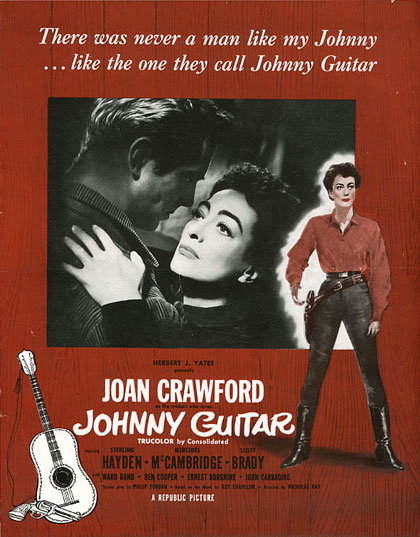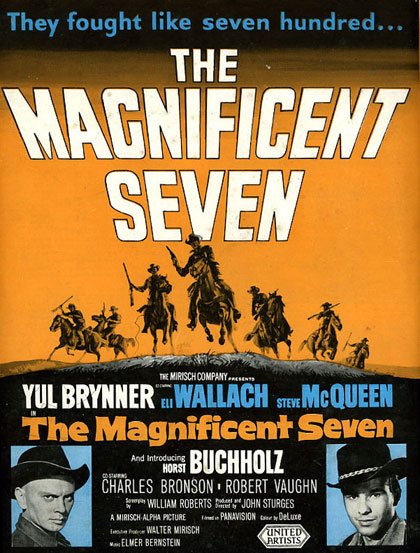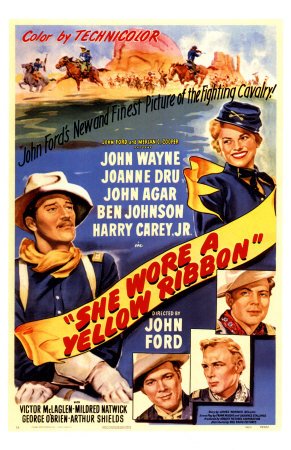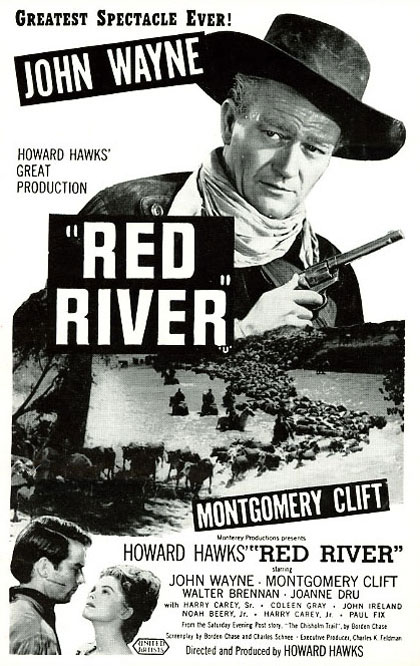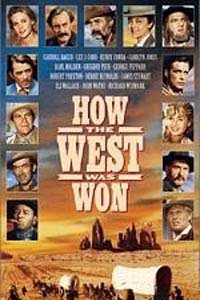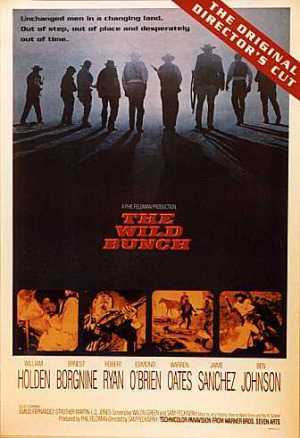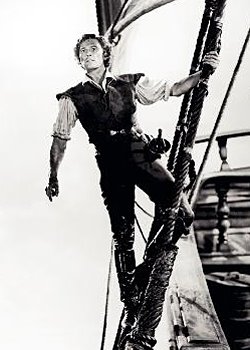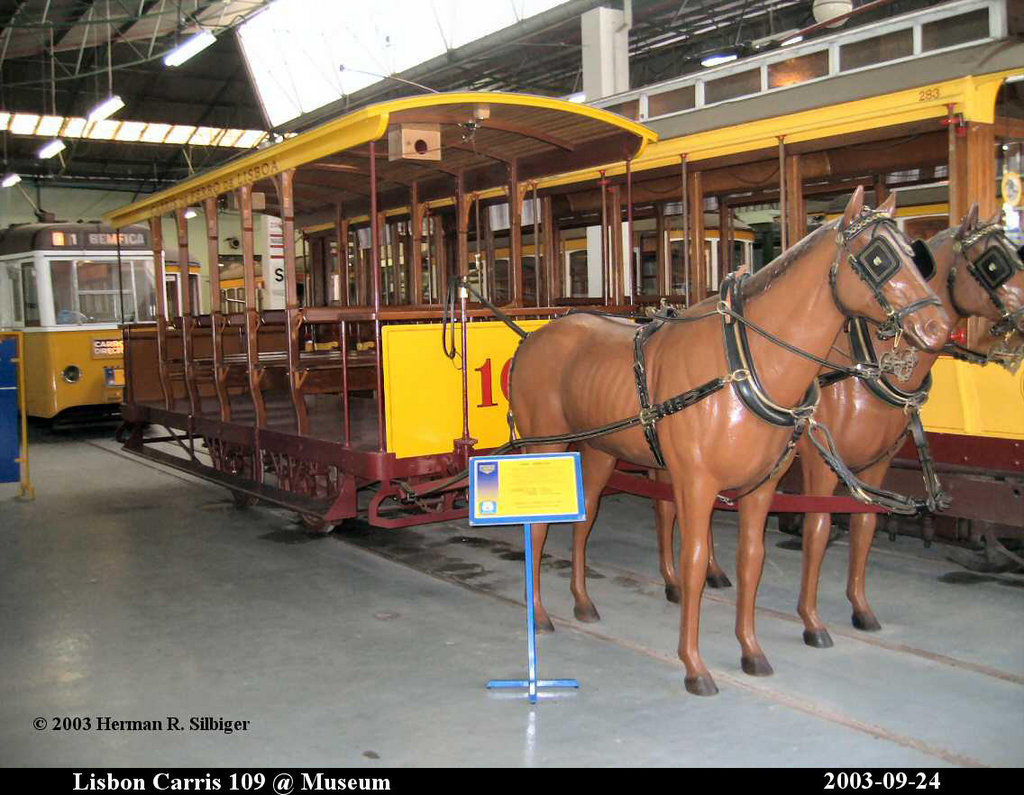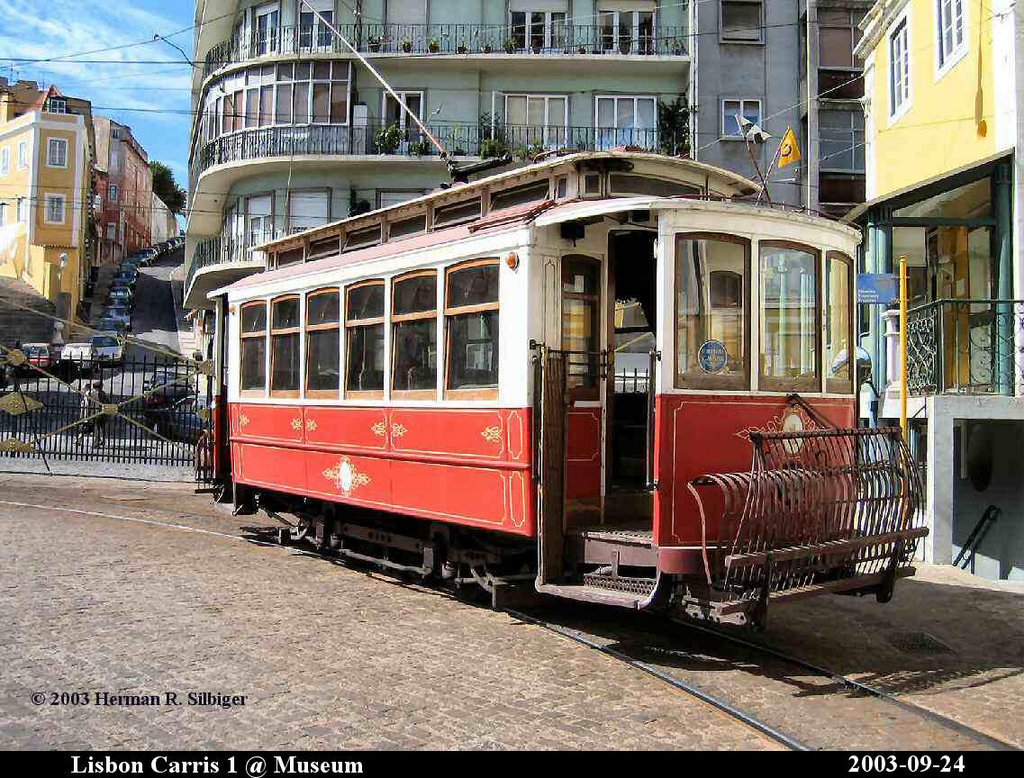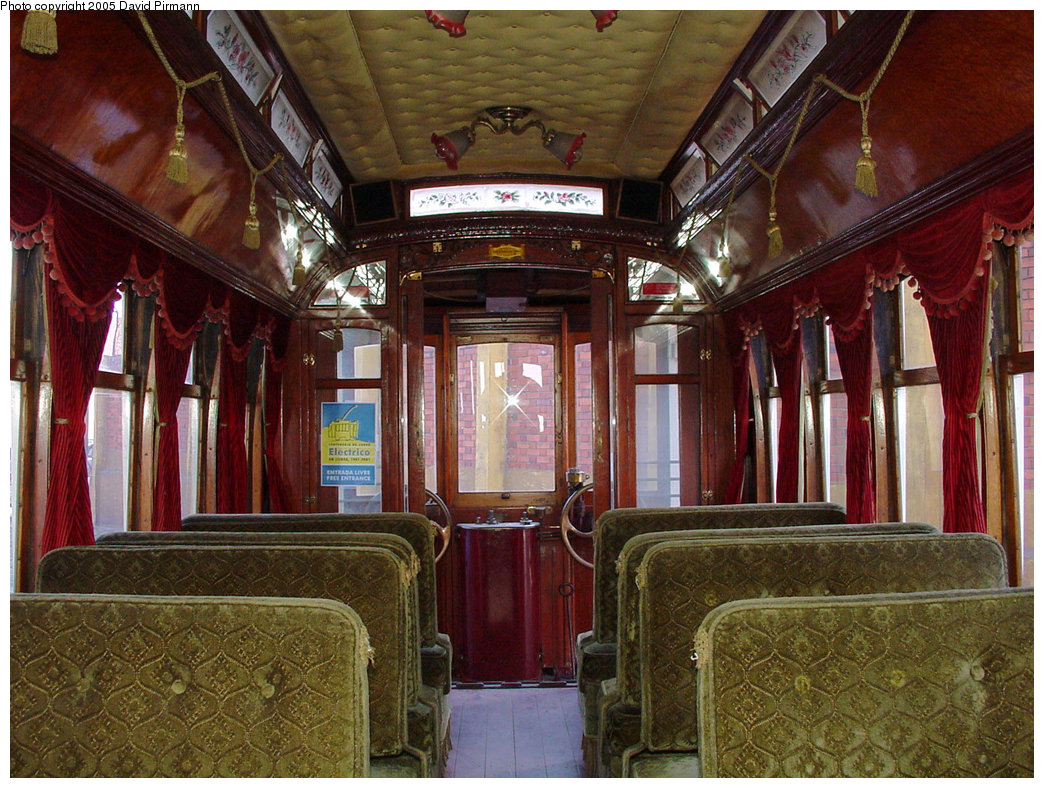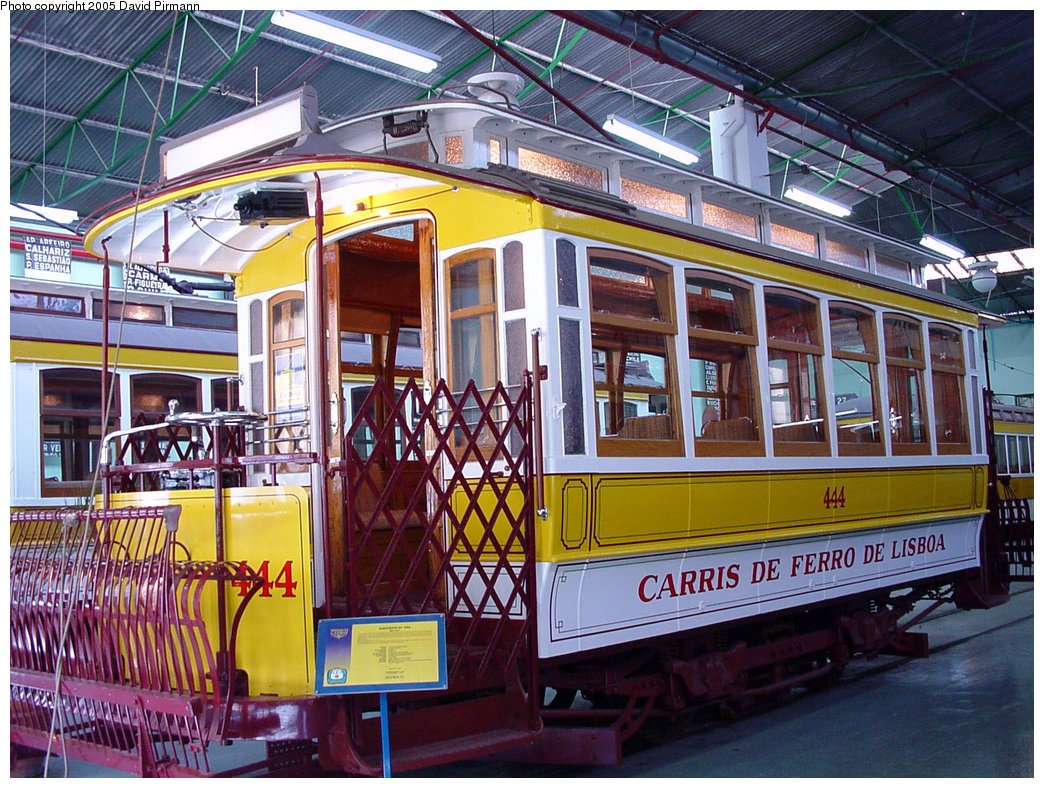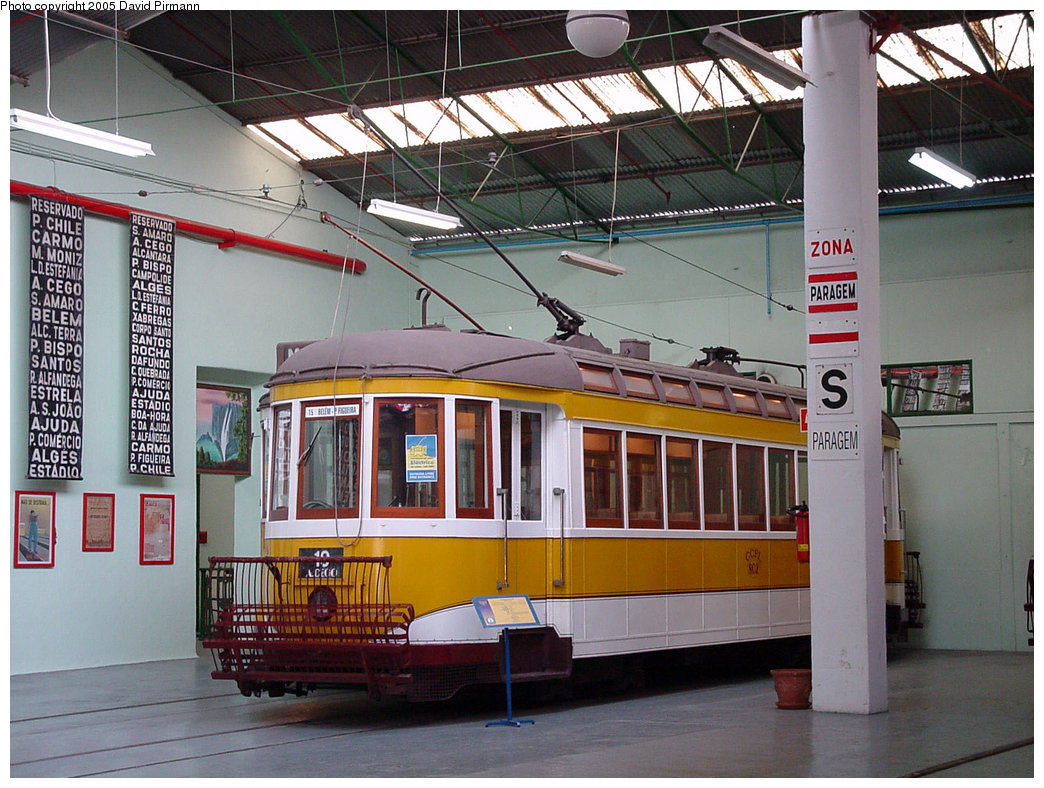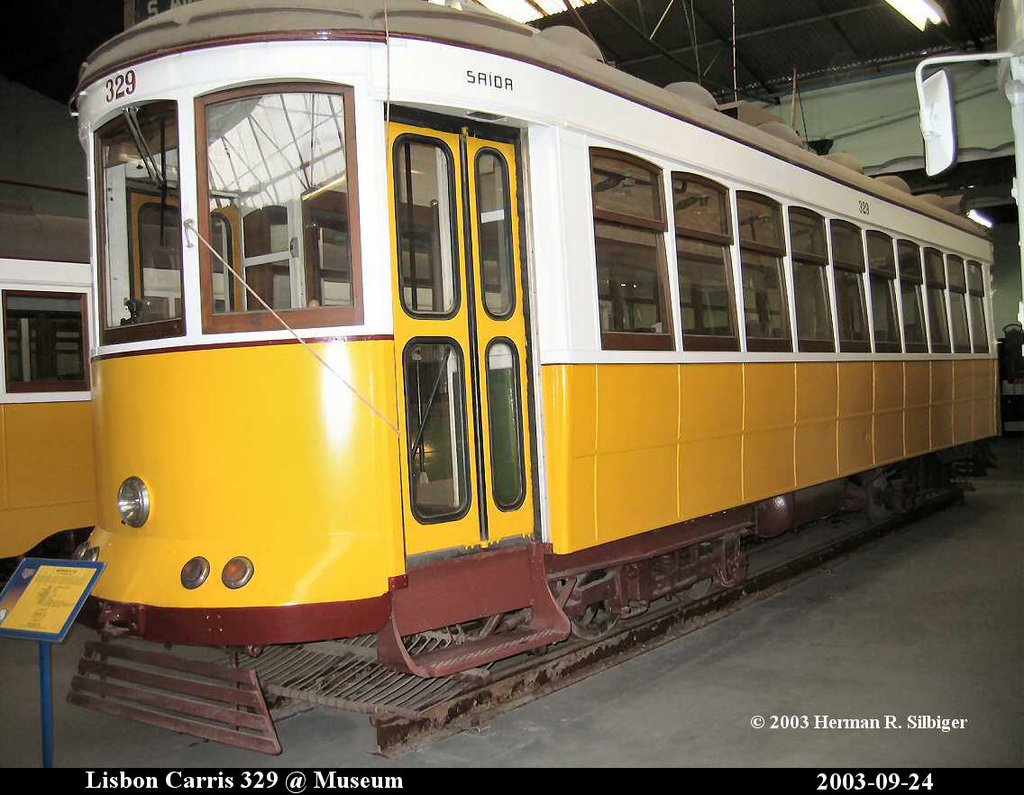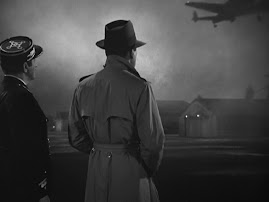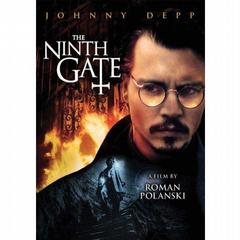 The Ninth Gate is a 1999 film based on the novel The Club Dumas by Arturo Pérez-Reverte. Spanning several genres, The Ninth Gate is a mix of mystery, horror thriller, and neo-noir, and additionally portrays facets of the rare book business. The film was co-written and directed by Roman Polanski, and stars Johnny Depp as Dean Corso, a rare-book dealer hired by a book collector (Frank Langella) to validate a copy of The Nine Gates of the Kingdom of Shadows, a book by 17th century author Aristide Torchia.
The Ninth Gate is a 1999 film based on the novel The Club Dumas by Arturo Pérez-Reverte. Spanning several genres, The Ninth Gate is a mix of mystery, horror thriller, and neo-noir, and additionally portrays facets of the rare book business. The film was co-written and directed by Roman Polanski, and stars Johnny Depp as Dean Corso, a rare-book dealer hired by a book collector (Frank Langella) to validate a copy of The Nine Gates of the Kingdom of Shadows, a book by 17th century author Aristide Torchia.The film premiered in Spain on August 25, 1999 and was a critical and commercial failure in North America as most critics felt that it fell short of Polanski's best known supernatural thriller, Rosemary's Baby. The Ninth Gate managed to turn a profit with a worldwide box office gross of $58,401,898, well above its $38 million budget.[1] It has since enjoyed a small cult following.
Plot outline
 Dean Corso (Johnny Depp) is a rare-book dealer whose only motivation is financial gain. Wealthy book collector Boris Balkan (Frank Langella) hires Corso to validate The Nine Gates of the Kingdom of Shadows, a book by 17th century author Aristide Torchia, one of only three surviving copies, now in Balkan's possession. The book contains nine engravings which, when correctly deciphered and the interpretations properly spoken, are alleged to summon the Devil. Balkan suspects the book may be a forgery, and hires Corso to travel to Europe, assess the other two known copies, discover whether any are genuine, and if so, acquire them for Balkan at any cost.
Dean Corso (Johnny Depp) is a rare-book dealer whose only motivation is financial gain. Wealthy book collector Boris Balkan (Frank Langella) hires Corso to validate The Nine Gates of the Kingdom of Shadows, a book by 17th century author Aristide Torchia, one of only three surviving copies, now in Balkan's possession. The book contains nine engravings which, when correctly deciphered and the interpretations properly spoken, are alleged to summon the Devil. Balkan suspects the book may be a forgery, and hires Corso to travel to Europe, assess the other two known copies, discover whether any are genuine, and if so, acquire them for Balkan at any cost.Balkan's copy of The Nine Gates had previously belonged to Andrew Telfer, who committed suicide shortly after selling the book to Balkan. Telfer's widow Liana (Lena Olin) wants the book back, as Telfer originally bought the book for her. Liana seduces Corso in a failed attempt to reacquire her book. Corso's business partner and book store owner Bernie (James Russo), whom Corso had asked to hide the book, is murdered in the style of one of the engravings in The Nine Gates. Like The Hanged Man, Bernie is found hanging by one foot upside down.
Corso travels to Toledo, in Spain, and talks to the Ceniza brothers (Jose Lopez Rodero), twin book restorers who show him that some of the book's engravings are signed "LCF." Prompting Corso to guess who the initials refer to, the Cenizas agree when he responds with "Lucifer." Corso next goes by train to Sintra, in Portugal, and visits Victor Fargas (Jack Taylor), whose copy Corso compares with Balkan's, noting several variations in the engravings. The next morning, Corso is awakened by a mysterious young woman (Emmanuelle Seigner) with whom he has been crossing paths; she then leads Corso back to Fargas' home to find him murdered and the engravings ripped out of his copy of The Nine Gates. Later, the unnamed woman displays supernatural ability when she rescues Corso from an attack by Telfer's bodyguard (Tony Amoni).
In Paris, Corso tracks down the third surviving copy owned by Baroness Kessler (Barbara Jefford). He records additional differences in her copy before she is killed and pages from her book are removed. Corso, now believing each copy of The Nine Gates to be genuine, suspects that the secret to opening the nine gates can be found in a combination of all three copies. Telfer steals Balkan's copy at gunpoint from Corso, who (on overpowering & bludgeoning her bodyguard) follows her to a mansion to witness her using it to lead a Satanist ceremony. Balkan suddenly interrupts the ceremony, kills Telfer, takes the torn out engravings and his own intact copy, and drives away believing that Corso is correct and all three copies are genuine.
Realizing that Balkan is responsible for the deaths of Victor Fargas and Baroness Kessler, Corso locates Balkan and witnesses him preparing to open the gates himself. However, because one of the engravings he uses is a forgery, Balkan's invocation fails and he dies consumed by flames (before Corso finishes him off by a bullet in his skull using Telfer's own gun). The mysterious girl has sex with Corso and directs him back to the Ceniza brothers' shop. There he discovers the final authentic engraving, which includes a likeness of the mystery girl herself, thereby allowing Corso to identify the correct location and travel through the ninth portal, to an unestablished fate, at the film's conclusion.
Cast and characters
Frank Langella as Boris Balkan and Johnny Depp as Dean Corso.
Johnny Depp as Dean Corso
Frank Langella as Boris Balkan
Lena Olin as Liana Telfer
Emmanuelle Seigner as The Girl
Barbara Jefford as Baroness Kessler
Jack Taylor as Victor Fargas
Jose Lopez Rodero as Pablo & Pedro Ceniza and 1st & 2nd workmen
Tony Amoni as Liana's bodyguard
James Russo as Bernie
Initially, Polanski did not think that Depp was right for the role of Corso because the character was 40-years-old. The director was thinking of casting an older actor but Depp was persistent and wanted to work with him.[citation needed] Hints of friction between Depp and Polanski while working on the film surfaced in the press around the time of its North American release. The actor said, "It's the director's job to push, to provoke things out of an actor."[2] Polanski told one interviewer, "He [Depp] decided to play it rather flat which wasn't how I envisioned it. And I didn't tell him it wasn't how I saw it."[2]
The actual name of The Girl is never revealed (when asked her name, she replies "Guess"). While there is speculation that she is the Devil, at the movie's end she is pictured on the missing page from the book riding a Beast, implying she is the Whore of Babylon.
Production
Roman Polanski received the screenplay by Enrique Urbizu that adapted the book, El Club Dumas by Arturo Pérez-Reverte. The filmmaker was so taken by Urbizu's script that he read the novel. He liked the novel because, "I saw so many elements that seemed good for a movie. It was suspenseful, funny, and there were a great number of secondary characters that are tremendously cinematic."[3] Pérez-Reverte's book featured several intertwined plots and so Polanski decided to write his own draft with long-time screenwriting partner, John Brownjohn (they had collaborated previously on Tess, Pirates and Bitter Moon). The source novel contains numerous literary references and a subplot concerning Corso’s investigation into the original manuscript for a chapter of The Three Musketeers. Polanski and Brownjohn jettisoned these elements and focused on one particular plot line: Corso’s pursuit of the authentic copy of The Nine Gates.
Polanski approached the subject matter with a certain amount of skepticism as he said in an interview, "I don't believe in the occult. I don't believe. Period."[4] He wanted to have fun with the genre. "There is a great number of cliches of this type in The Ninth Gate which I tried to turn around a bit. You can make them appear serious on the surface, but you cannot help but laugh at them."[4] For Polanski, the appeal of the film was that it featured "a mystery in which a book is the leading character" and its illustrations "are also essential clues."[5]
Polanski approached the subject matter with a certain amount of skepticism as he said in an interview, "I don't believe in the occult. I don't believe. Period."[4] He wanted to have fun with the genre. "There is a great number of cliches of this type in The Ninth Gate which I tried to turn around a bit. You can make them appear serious on the surface, but you cannot help but laugh at them."[4] For Polanski, the appeal of the film was that it featured "a mystery in which a book is the leading character" and its illustrations "are also essential clues."[5]
While reading the book, Polanski thought of Johnny Depp as Corso. The actor became attached to the project as early as 1997 when he met Polanski at the Cannes Film Festival promoting his directorial debut The Brave that was in competition.[6] Initially, the veteran filmmaker did not think that Depp was right for the role of Corso because the character was 40-years-old. Polanski was thinking of casting an older actor but Depp was persistent and wanted to work with him. Corso's disheveled look was modelled after Raymond Chandler's famous sleuth, Philip Marlowe according to the director.[4]
Polanski cast Frank Langella as Balkan after seeing him in Adrian Lyne’s version of Lolita. Barbara Jefford was a last minute casting decision because the German actress originally cast was struck with pneumonia and another actress couldn't learn the lines. Jefford came in with only a few days notice, learned her lines, and affected a German accent.[3]
Reaction
The Ninth Gate premiered in Spain on August 25, 1999. On its opening weekend in North America, the film debuted in 1,586 theaters and grossed $6,622,518. While eventually only making $18,661,336 in North America, it went on to make $58,401,898 worldwide, well above its budget of $38 million.[1]
Most critics felt that the film fell short of Polanski's best known supernatural thriller, Rosemary's Baby. The Ninth Gate holds a 39-percent rotten rating at Rotten Tomatoes (and a 26% among the "Cream of the Crop" critics). In Roger Ebert's review for the Chicago Sun-Times, he felt that the film's ending was lackluster, "while at the end I didn't yearn for spectacular special effects, I did wish for spectacular information–something awesome, not just a fade to white."[8] Elvis Mitchell in The New York Times criticized the film for being "about as scary as a sock-puppet re-enactment of The Blair Witch Project, and not nearly as funny."[9] However, Philip Strick's review in Sight and Sound magazine was more sympathetic, recognizing that it was "not particularly liked at first outing – partly because Johnny Depp, in fake grey temples, personifies the odious Corso of the book a little too accurately – the film is intricately well-made, deserves a second chance despite its disintegrations, and in time will undoubtedly acquire its own coven of heretical fans."[10]
After the film's release, Artisan Entertainment sued Polanski for allegedly taking more than $1 million from the budget, pocketing refunds of France's value-added tax instead of turning them over to Artisan's completion bond company.[11]
References
1^ a b "The Ninth Gate", Box Office Mojo, May 18, 2007. Retrieved on 2007-05-18.
2^ a b Schaefer, Stephen. "The Devil and Roman Polanski", Boston Herald, March 10, 2000.
3^ a b Hartl, John. "The Ninth Gate Marks Return for Polanski", Seattle Times, March 5, 2000.
4^ a b c Howell, Peter. "Polanski's Demons", Toronto Star, March 3, 2000.
5^ Arnold, Gary. "Polanski's Dark Side", Washington Times, March 11, 2000.
6^ Archerd, Army. "Polanski opens Gate", Variety, February 10, 1998.
7^ Phares, Heather. "The Ninth Gate", allmusic.com. Retrieved on 2007-05-18.
8^ Ebert, Roger. "The Ninth Gate", Chicago Sun-Times, March 10, 2000. Retrieved on 2007-05-18.
9^ Mitchell, Elvis. "Off to Hell in a Handbasket, Trusty Book in Hand", New York Times, March 10, 2000. Retrieved on 2007-11-09.
10^ Strick, Philip. "The Ninth Gate", Sight and Sound, September 2000. Retrieved on 2007-05-18.
11^ Shprintz, Janet. "Artisan Sues Polanski, Alleges He Took Money", Variety, July 18, 2000. Retrieved on 2007-05-22.
External links
The Ninth Gate at the Internet Movie Database
The Ninth Gate at Rotten Tomatoes
The Engravings of The Club Dumas and The Ninth Gate
Texts, engravings and formatting of the book
"Satanic Verses" article from American Cinematographer magazine
The Ninth Gate at Rotten Tomatoes
The Engravings of The Club Dumas and The Ninth Gate
Texts, engravings and formatting of the book
"Satanic Verses" article from American Cinematographer magazine

